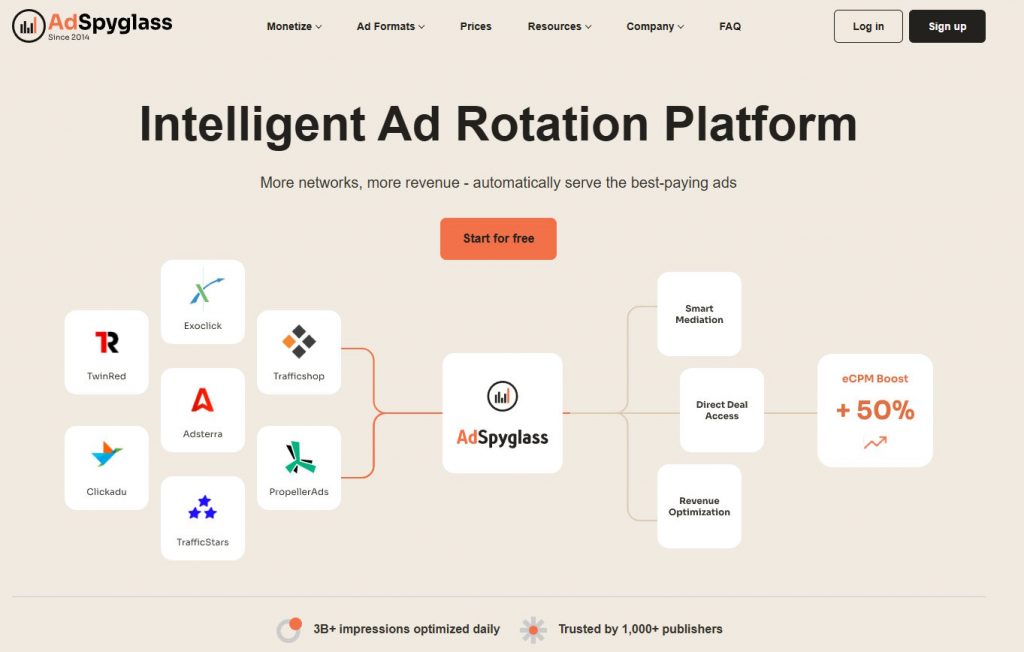Viewability is a metric used in online advertising to track the impressions that human users see, which are termed viewed impressions. For instance, if an ad loads at the end of a webpage but the users don’t scroll down to the point where it is to see it, that’s not a viewed impression. With viewability, the advertisers get to pay for only the ads that the users see.
Display impressions are deemed viewable if it has at least 50% of its pixel on the user’s screen for one continuous second. In comparison, video impressions are viewable if at least 50% of its pixel is on the screen for two consecutive seconds.
Impressions are often classified into three:
- Served impressions: These ads are served and counted with the server data. It is impossible to track regular impressions on these ads as the server data don’t support analysis of user behavior data.
- Measurable and eligible impressions: The advertisements are downloaded and kept on the user’s mobile device and considered while counting eligible impressions, even though they haven’t seen them yet.
- Viewable impressions: These are the relevant viewable ads measured as the percentage of adverts that the audience sees. These are adverts that are displayed for over a second and with over 50% pixels displayed.
